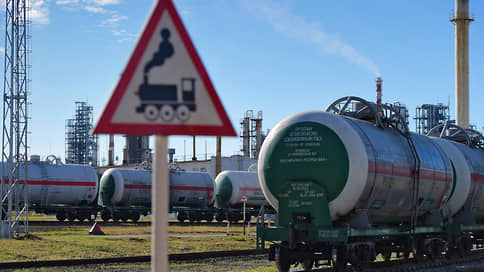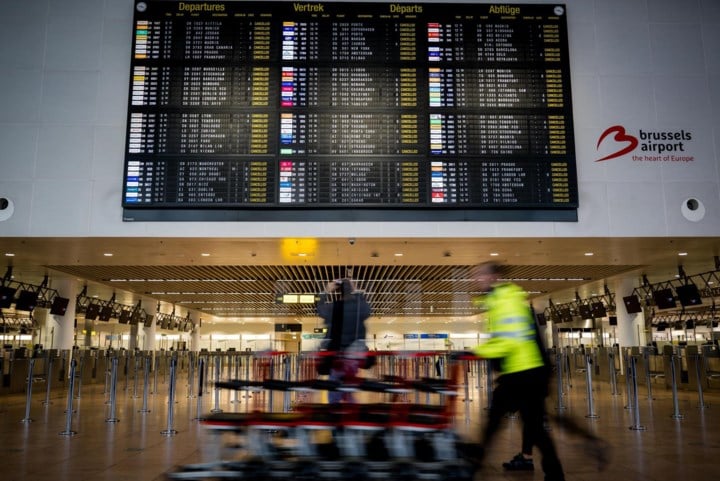Electronic commerce market in Russia: Forecast for 2025

The Russian online trade market in 2025 will continue to grow, although not at a pace as a year earlier, 27% versus 35.5%. In five years, this indicator is unlikely to exceed 10%. This is due to the reduction in the volume of increase in the business of marketplaces, which now account for more than half of the E-Commerce turnover. Large platforms have fewer opportunities for regional expansion, and sellers are interested in developing their own online stores, although they are faced with the difficulties of their promotion.
The volume of the E-Commerce market in Russia in 2025 will amount to 16 trillion rubles, forming 26% of retail turnover, follows from the basic forecast of the Yakov and Partners consulting company. The market will grow by 27% against 35.5% a year earlier (in 2023 the increase amounted to 45.3%, in 2022 – 56%).
The CEO of « Marketplais Point » Konstantin Kanivets believes that this year the growth rate of the electronic commerce market will slow down twice a year, up to 20%. President of the Association of Internet trade companies Artem Sokolov predicts an increase in online trading turnover by 40% per year, evaluating its share in retail at 16.2%. In the world, the indicator, according to him, is higher, and the Russian market has where to grow. As an example, Mr. Sokolov cites China, where the share of e -commerce in trade reaches 50%, and the UK – 30%. Yakov and partners pay attention to the indicators of South Korea (50%) and the USA (30%).
The main growth of electronic trade is provided by marketplaces, whose business is still increasing faster than the market. The turnover of the platforms in 2025, according to Jacob and Partners, will add 32.5%, reaching 10.5 trillion rubles. In the structure of the E-Commerce market, the share of marketplaces per year will increase by 2.8 percentage points (p.), To 66.3%. But the pace of development will decrease. In 2026, the total turnover of platforms, according to analysts, will increase by 26.7%, in 2030-only 9.4%. This is due to the gradual saturation of the market and the reduction of opportunities for extensive growth, for example, at the expense of regions.
Mr. Sokolov is convinced that regional expansion is only in the initial stage.
In many entities, electronic trade turnover grows 50–80% per year, and so far we can talk about gradual saturation only in million-plus cities, he says. Ozon pay attention to active expansion in cities with a population of up to 50 thousand people and access to marketplaces of “complex” categories of goods that have still bought mainly offline. This is, for example, overall furniture and wedding dresses. The Director General of the Moysklad service Askar Rakhimberdiev also suggests that the demand for marketplaces will shift in favor of inexpensive goods.
The head of the Institute for the Development of Entrepreneurship and Economics, Arthur Gafarov says that marketplaces and large online channels are now investing in the cost of delivery, actually unprofitable for them. As soon as the rate is made to the return of invested funds, the attractiveness of online trade for consumers will decrease, he said. But the expert believes that the share of marketplaces will continue to increase if there are no regulatory changes that suggest, for example, the growth of the tax load.
To increase the share of marketplaces, they also indicate “Jacob and partners”. Analysts expect that by 2030 the indicator will reach 71.8%, adding 5.5 p. To the figure of 2025. Anna Larionova, consultant “Jacob and partners” says that the growth of the share of marketplaces can hardly be called a positive or negative trend. Platforms stimulate competition and are convenient for consumers, but dependence on them makes retailers vulnerable. “Marketplais will inevitably want to increase profitability, and this will lead to an increase in commissions from the singers, this will reduce their profitability or increase prices,” she says.
Yakov and Partners note that new online stores now appear two and a half times less than singers on marketplaces.
And among sellers on platforms with a turnover of more than 250 million rubles. About half have not yet have their own platform per year. The trend is traced, despite the interest of sellers in new channels, which is indicated by Mr. Kanivets. According to the expert, they are increasingly difficult to work on large platforms due to high competition and growing costs.
Yakov and partners analysts explain that it is not easy to launch your online store for business: there are no integrated solutions on the market, the integration of more than ten different systems is required. To attract an audience in conditions of high competition with marketplaces can be difficult, and it is expensive to develop your own logistics, the company notes. Mr. Rakhimberdiev believes that the growth of individual online stores can begin at earlier than 2026. With the adoption of the law on a platform economy, mechanisms for stimulating marketplaces may be banned, and it will become more profitable for sellers to develop their channels, says Alexei Moskalenko, President of the Association of Representatives of Electronic Trade Representatives.
Against this background, with a slowdown in the development of marketplaces, the overall growth of the Russian e-commerce will generally become more and more restrained. In the “Yakov and Partners” in the basic scenario, they expect that in 2026 its turnover will be 19.5 trillion rubles, adding 21.9% a year to the year. In 2030, the indicator will increase by only 9.5%, to 32.3 trillion rubles. The share of e -commerce in retail trade in the period 2025–2027 will be added to 3 p. Per year, from 2028 – 1 p. By 2030, the indicator can reach 36%.








